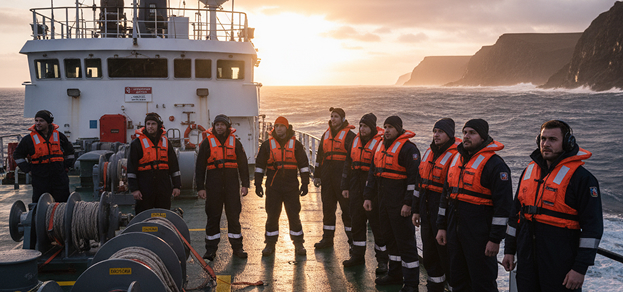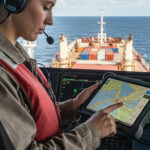Maritime Safety Best Practices:
How to Keep Your Crew and Vessel Protected
Safety at sea is not just a requirement—it’s a commitment. For every vessel, crew, and shipping company, maritime safety remains a top priority to ensure smooth and secure operations.
1. Essential Safety Equipment on Board
Every ship should be fully equipped with life-saving appliances and emergency tools. These include:
- Life jackets and lifeboats.
- Fire detection and extinguishing systems.
- First aid kits and medical supplies.
- Emergency communication devices.
Having the right equipment, regularly inspected and maintained, can save lives when accidents happen.
2. Crew Training and Awareness
Even the best equipment is ineffective without trained crew. Continuous training helps seafarers stay prepared for emergencies. Regular drills, such as fire, man-overboard, and evacuation drills, ensure that everyone knows their role when seconds matter.
3. Emergency Planning and Quick Response
Every vessel should follow a clear emergency plan. From collision response to hazardous cargo handling, having detailed procedures in place can minimize risks and prevent incidents from escalating.
4. How Ship Supply Companies Support Safety
Ship suppliers play a key role in ensuring safety by delivering certified safety equipment, emergency kits, and provisions that meet international standards. At Jeddah Anchor, we support vessels with reliable supplies that keep crews protected and operations compliant.
Safety is the foundation of maritime success. By equipping ships properly, training crews, and having solid emergency plans, vessels can ensure safer seas for everyone.
At Jeddah Anchor, we believe that safe voyages build stronger connections across the world.






